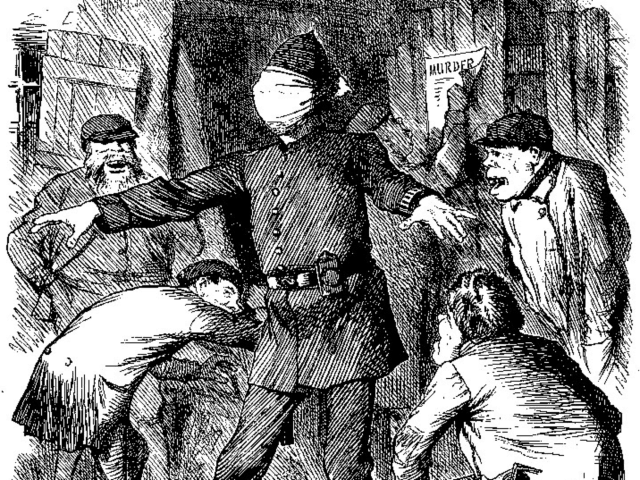Jack the Ripper, one of the most legendary serial killers in recorded history, has been identified — 131 years after he stalked the streets of London.
From August until November 1888, a faceless serial killer hunted in the poorest parts of London. “Jack the Ripper,” also known as the “Whitechapel Murderer” and “Leather Apron,” is believed to have slain at least five women: Mary Ann Nichols, Annie Chapman, Elizabeth Stride, Catherine Eddowes, and Mary Jane Kelly.
Their throats were cut, their abdomens mutilated. Sometimes their organs were removed. Newspapers sensationalized the brutal killings for sales, and the story remained profitable to the tune of dozens of books, movies, and songs. Jack the Ripper became an icon of the deadly and depraved, yet no one was ever charged with his crimes. The mystery remained.
Now, more than a century after his reign of terror, forensic scientists have pinpointed his identity from a list of over 100 hypothetical possibilities. Primary police suspect, a then 23-year-old Polish barber by the name of Aaron Kosminski, is Jack. And while he died in an asylum by 1919, he left behind a vital clue to his bloody past.
Eddowes, Kosminski’s fourth victim, was found on September 30, 1888, allegedly near a shawl stained with blood and semen. Forensic scientists, led by microbiologist Jari Louhelainen, were able to sample mitochrondrial DNA from those traces to a living descendant of Kosminski, all but proving his guilt.
Still, some remain skeptical. Critics have complained that there is a lack of information on “specific genetic variants” in the report, and challenge the shawl as viable evidence. There is no way to conclusively prove that it was found on the scene, or that it was not somehow contaminated.
“On the testing, the first result showed a 99.2 percent match. Since the DNA has two complementary strands, we went on and tested the other DNA strand, which game a perfect 100 percent match,” Louhelainen told the Liverpool Echo in 2014.

COMMENTS
Please let us know if you're having issues with commenting.